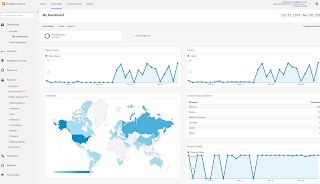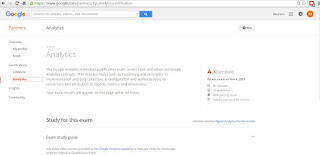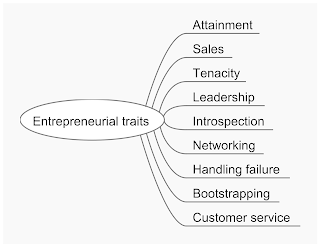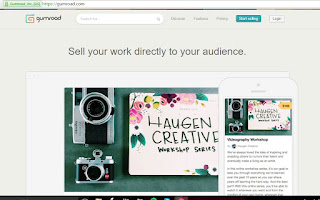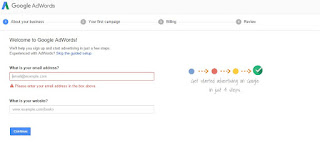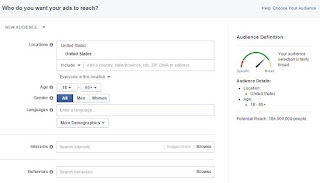Tips to Consider When You Have a Job Interview
There are 16 tips that are important to consider before each and every job interview. These 16 tips are discussed thoroughly in the book, What Color is Your Parachute by Richard N. Bolles. This blog post will just highlight the importance of each tip.
 |
| Image Source: Google Images |
1. There is no such things as "employers."
Just because one company doesn't hire you, doesn't mean that every company out there won't. Each employer is different and with each "No" you will get closer to a "Yes".
2. An interview should be prepared for, before you ever go in.
Make sure you find out as much about the company as you can before you go in. Be prepared to show them that you know about them.
3. Honor agreements.
Set a time limit for how long the interview will be if you are asking the employer for their time. Don't over stay. Let them know that you are aware of how much time you told them you would take for your interview, and make sure the interview lasts that long.
4. An interview for a job is a lot like dating.
It's a two-way conversation to ask questions to find out if you both like each other and if you would be a good fit to work there.
5. Questions to expect from them, then questions to ask.
"Tell me about yourself" is the main thing that they will ask you. They want to see how you will answer that question. You should tell the employer about your experience, skills, and knowledge that you have that are relevant to that job.
6. During the interview, determine to observe "the 50-50 rule."
Speak half the time of the interview to show them you are interested in the job, but allow the employer to speak the other half of the time.
7. In answering the employer's questions, observe "the twenty-second to two-minute rule."
Answer questions in anywhere from 20 seconds to two minutes.
8. The employer is primarily concerned about risk.
They want to make sure you are going to be a good fit and worth their time and money. They are anxious about hiring the right person for the job.
9. It's the small things that are the killers, in a job interview.
Things like your appearance, habits, nervous mannerisms, lack of confidence, consideration toward other people, and your values all matter.
10. Be aware of the skills most employers are looking for, these days, regardless of the position you are seeking.
Some important skills are: being punctual, being dependable, having a good attitude, being driven, wanting more than a paycheck, being self-disciplined, being well-organized, social, knowing how to use a computer, knowing how to work well with teams, being flexible, able to learn, being creative, having integrity, and being loyal.
11. Try to think of some way to bring evidence of your skills, to the hiring interview.
If you have a physical thing you can show the employer about some accomplishment you have had you should bring it to the interview.
12. Do not bad-mouth your previous employer(s) during the interview, even if they were terrible people.
Try to say something nice about previous employers if you can.
13. Throughout the interview, keep in mind: employers don't really care about your past; they only ask about it, in order to try to predict your future (behavior) with them, if they decide to hire you.
Try to show them that you would be a good employee in the future.
14. As the interview proceeds, you want to quietly notice the time-frame of the questions the employer is asking.
If the questions move quickly from the past to the future, you can be pretty sure that the interview is going well for you.
15. Before you leave the (final) interview, assuming you have decided that you like them and maybe they like you, there are five questions you should always ask:
- "Can you offer me this job?"
- "When may I expect to hear from you?"
- "Might I ask what would be the latest I can expect to hear from you?"
- "May I contact you after that date, if for any reason you haven't gotten back to me by that time?"
- "Can you think of anyone else who might be interested in my skills and experience?"
 |
| Image Source: Google Images |
16. Thank-you notes must be sent after every interview by every job-hunter.
This will help you to stand out from others who are being interviewed for the same position.
Bolles, Richard N. "Chapter 4 Sixteen Tips About Interviewing for a Job." What Color Is Your Parachute?: A Practical Manual for Job-Hunters and Career-Changers. 2016 ed. Ten Speed, 2015. 53-81. Print.






